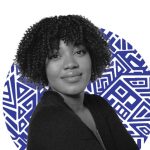Close Encounters of the Spiritual Kind
I would like to believe that I have always maintained a degree of closeness to the spiritual. I grew up in a religious family, and the veil between the physical and spiritual has always shifted closer or farther on the spectrum, depending on the context in which I found myself. My most recent exploration into “close spiritual encounters” led me to wonderings about traditional healers, spirit seers or ng’angas, if you will. Are ng’angas simply healers or false prophets? Wrongfully stigmatised or agents of darkness?
As I asked these questions, I drew back to my own spiritual experiences: dreams and visions in the night that came true in a matter of days, a sense of foreboding that wasn’t misplaced, and whispered prayers answered in minutes. But if we are all spirit, why is there a need to consult further? Why the stigma? Why the unspoken yet open secrecy?
Desperate for answers, I called up the only other two persons I could think of who’d be crazy enough to try and find out for themselves: two talented women writers whose adeptness for wordsmithing I have come to rely on. On page 58, writer Mukandi challenges our preconceived notions of the intersection between witchdoctor, traditional healer, and ng’anga in the article Healer or False Prophet? The Ng’angas Hidden in Plain Sight. Through her first-hand encounter, she reveals the duality that exists within these practices, confronting readers with uncomfortable truths about stigma, mob mentality and the ways our own perceptions betray us. The article quietly but persistently nudges us toward reconsidering inherited assumptions about what our culture truly means.
Conversely, writer Musonda Mukuka is more brazen in her article Ng’anga – Zambia’s Traditional Healers (published on our website), which explores the legitimacy of practices now shrouded in stigma and urban myths, calling for a return to indigenous knowledge. Reading both articles side by side, one thing becomes clear: the human experience encompasses both spiritual and physical dimensions in equal measure. While I don’t align myself with either writer’s particular stance, I do position myself firmly in the camp that seeks to document the entirety of the Zambian experience in all its complexity.
When it comes to documenting the Zambian experience, few match director Rungano Nyoni’s command of Zambian storytelling. Her most recent venture, On Becoming a Guinea Fowl, explores grief layered with the demands of Zambian funerals, particularly for women, and the internal politics and performative aspects that accompany them. Despite having lived most of her life beyond Zambian borders, Rungano’s Cannes-recognised film captures distinctly Zambian narratives that
remain woefully under-documented and under-celebrated, as explored on page 66.
While I have yet to find answers to the questions I posed to myself, I did discover a place in between the hard questions and honest answers: between certainty and doubt, tradition and modernity, is where the most honest storytelling lives—not in the comfortable corners of absolute belief or dismissal, but in the grey middle where nothing really is or isn’t, and that is where I hope to remain, as we bring you these stories.
Happy reading.
Shammah Phiri,
Deputy Editor



